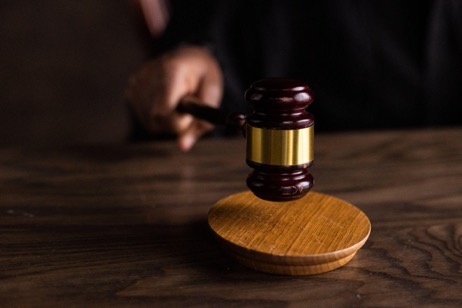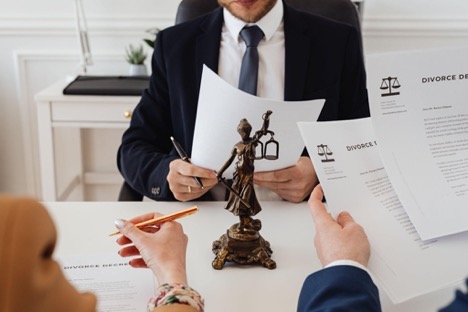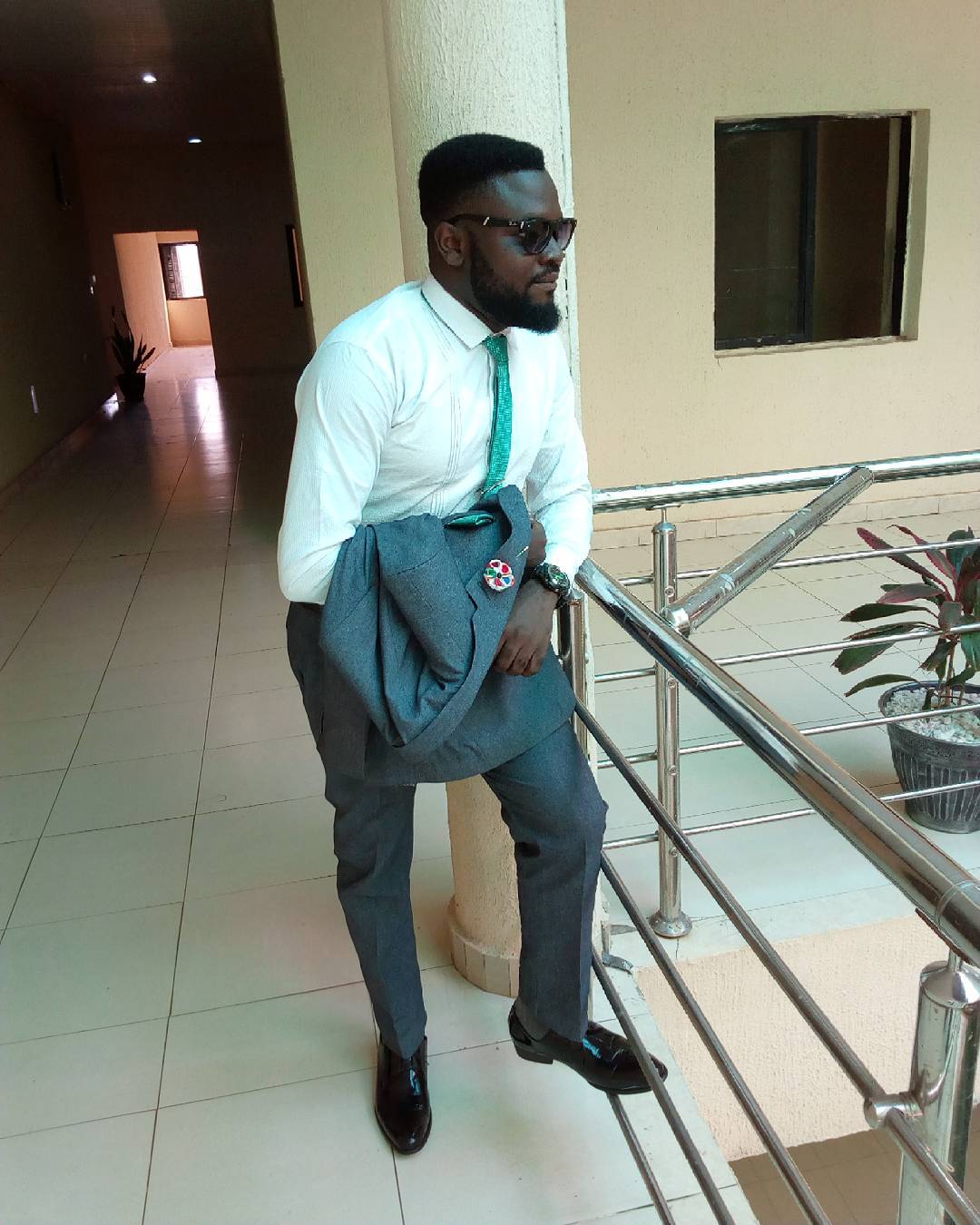In auto accident claims, proof of driver distraction strengthens your case. Four strategies to establish this include eyewitness testimonies, police reports, physical evidence, and cell phone records.
When correctly used with the guidance of Sweeney Merrigan Law, LLP, these methods provide strong evidence to support your claim and increase the chance of a favorable outcome.
Gathering Eyewitness Testimonies with Sweeney Merrigan Law, LLP
Eyewitness testimonies aid in validating distracted driving claims. Testimony credibility and witness identification are two vital factors. The former relies on accurate recall of the incident and consistency with evidence.
The latter necessitates verification of the witness’s location, time, and observation circumstances. Both contribute to a legally valid and strong claim when handled by Sweeney Merrigan Law, LLP.
Using Police Reports Effectively
Police reports provide unbiased, detailed accounts of car accidents, important for building strong claims. They often contain information indicating distracted driving.
Analyzing these reports involves understanding the factual data and the reporting officer’s perspective. The narrative section offers comprehensive descriptions of the accident scene that may provide circumstantial evidence of distracted driving.
The officer’s observations of erratic driving, inconsistent statements, or distracted behavior can support allegations of distracted driving.
Retaining an experienced personal injury attorney like those at Sweeney Merrigan Law, LLP can enhance claim credibility through expert report interpretation and effective argumentation of the officer’s perspective.
Identifying Physical Evidence
Physical evidence plays a pivotal role in supporting distracted driving claims. An inspecting vehicle may uncover important evidence. For instance, the placement of a phone or presence of food might signify distraction.
Accident reconstruction further aids understanding of the pre-crash events. Analysis of the accident scene, including skid marks, vehicle damage, and vehicle resting places, could indicate whether the driver was attentive or not.
Hence, detailed collection and interpretation of physical evidence can strengthen a distracted driving claim and boost the chances of a favorable outcome. It’s vital to thoroughly investigate all possible evidence.
Leveraging Cell Phone Records
Cell phone records substantiate distracted driving claims. These records, legally obtained, reveal call histories, texting timestamps, and data usage.
Texting timestamps correlate with accident times, suggesting distracted driving. Data usage records further reinforce this evidence.
If a driver was using social media or browsing the web during the accident, it indicates distraction. Leveraging cell phone records proves distracted driving, strengthens claims, and ensures justice.
Enhancing Claims with Expert Testimonies
Expert testimonies can significantly bolster distracted driving claims. Specialists in accident reconstruction or forensic analysts provide insights into the technical aspects of the accident.
They analyze vehicle dynamics, road conditions, and driver behavior to ascertain the likelihood of distraction. Their expertise lends substantial weight to claims, often clarifying complex issues for juries and judges.
Understanding Local Traffic Laws
An understanding of local traffic laws is crucial in establishing fault in distracted driving claims. Laws vary by location regarding mobile device usage, eating, or other activities while driving.
Familiarity with these regulations and how they apply to the specific incident can establish a stronger legal argument for negligence or recklessness. Demonstrating a violation of traffic laws can directly support a claim of distracted driving.
Incorporating Medical Records
Medical records serve as a critical piece of evidence in proving the severity of injuries resulted from distracted driving. Documentation of injuries, treatment plans, and prognoses establish the physical toll and financial impact of the accident.
This evidence is essential in claiming damages, especially for long-term or permanent injuries that affect quality of life and earning capacity.
Utilizing Technological Evidence
Advancements in technology have introduced new methods of proving distracted driving. Dashcam footage, GPS data, and smartphone usage logs can provide irrefutable evidence of a driver’s actions and attentiveness seconds before an accident.
Lawyers increasingly rely on this digital footprint to construct a timeline of events and demonstrate negligence.
Emphasizing the Emotional Impact
Beyond the physical and financial damages, it’s important to articulate the emotional and psychological impact of distracted driving accidents on victims.
Personal accounts, psychological evaluations, and testimonies from family and friends can convey the pain, suffering, and lifestyle alterations experienced by the victim.
This aspect of the claim highlights the human cost of distracted driving and can influence the compensatory and punitive damages awarded.
Frequently Asked Questions
What Are the Legal Consequences of Distracted Driving?
Distracted driving results in penalties such as fines, license points, and possible jail time, varying by jurisdiction; law enforcement identifies and penalizes this negligent behavior.
How Does Insurance Handle Claims Involving Distracted Driving?
In distracted driving insurance claims, the investigation process determines liability through evidence. If confirmed, the distracted driver’s insurer compensates the victim(s).
Can Dashboard Camera Footage Be Used in a Car Accident Claim for Distracted Driving?
Dashboard camera footage can support a car accident claim for distracted driving. Legal consultation is advised due to varying camera legality and evidence examination procedures.
How Can a Driver’s Mental State at the Time of the Accident Impact a Claim?
A driver’s mental state at the accident time influences the claim. It impacts fault determination due to implied impaired judgement or reduced reaction time.
Can Distracted Driving Be Proven if the Driver Was Eating, Drinking or Using a GPS Device While Driving?
Yes, proof of distracted driving can be established through collection of surveillance footage, mobile phone records, GPS data, or witness testimony indicating the driver was consuming food, beverages, or utilizing a GPS device.
Conclusion
Proving distracted driving in a car accident claim involves four methods. These include eyewitness testimonies, police reports, physical evidence, and cell phone records.
Analyzing these elements thoroughly helps establish a strong claim and promotes road safety by discouraging distracted driving.





No Comments